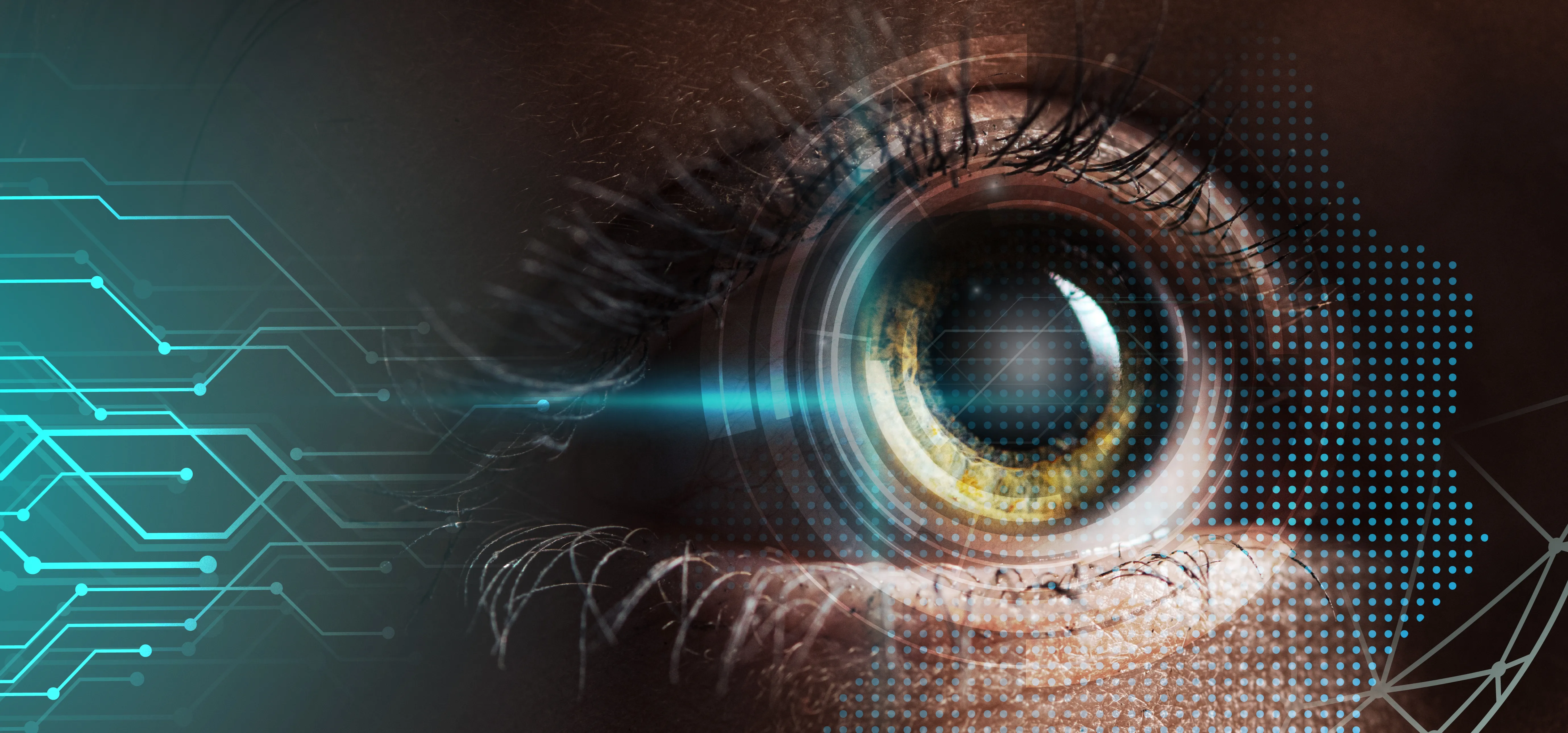Picture this: Your AR glasses open apps just by looking at them. Your VR headset adjusts the image based on where your eyes focus. Your car knows when you’re getting drowsy and nudges you awake. These aren’t far-off fantasies — they’re potential real-world uses of eye-tracking tech. And thanks to a new breakthrough at the University of Arizona, we may be a lot closer to all of it. Eye tracking is poised to become the next major interface between humans and machines. But for it to really work, it needs to be fast, accurate, and almost invisible. And as with any technology that tracks our behavior and biology, it also needs to be secure and privacy-conscious. That’s where this new research comes in. Read: AR vs. VR: A Simple Guide to Augmented and Virtual Reality What you need to know about eye trackingToday’s eye tracking tech is limited — most systems only measure around a dozen data points, which isn’t enough for truly precise interaction in VR, AR, or driver-assist systems.…more
